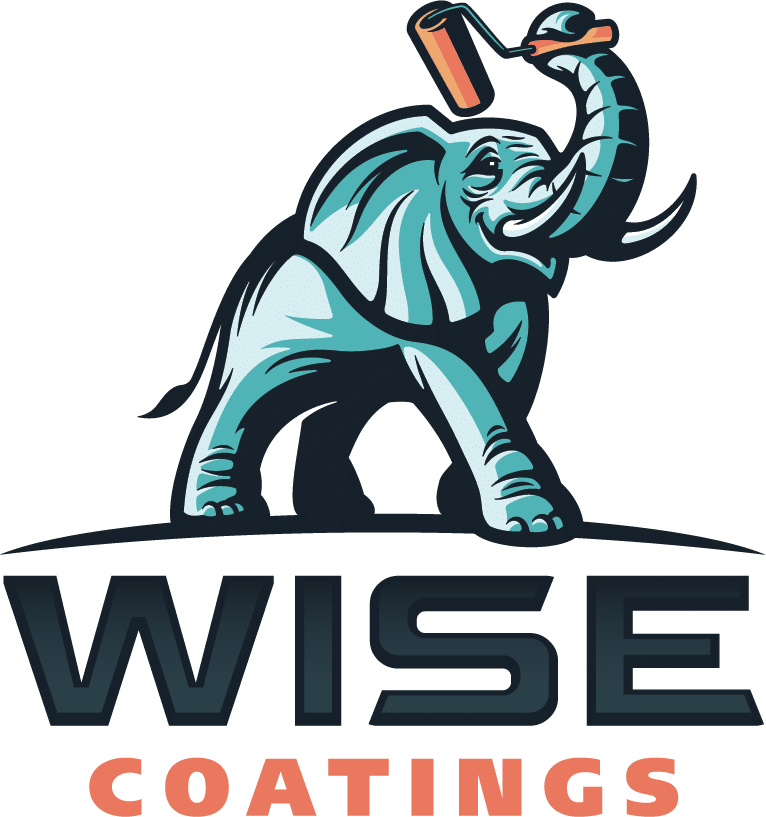What Should I Consider When Choosing An Epoxy Floor Coating?
A floor coating color may seem like a small detail, but it will impact the overall aesthetic of your space. It also affects the maintenance and cleaning practices you’ll be required to follow.
Light shade floors can be more difficult to clean because dirt shows up much easier. The appropriate color depends on the surface’s use and circumstances. More by clicking here.
Durability
Epoxy is a very durable material that can stand up to almost anything that you throw at it. This makes it the ideal floor coating for industrial spaces such as manufacturing plants and warehouses.
Epoxies are available in a range of colors to match the aesthetic of your space. Whether you choose a standard matte finish, a metallic look, or something more unique with colorful flecks it, the right color can help create the perfect visual solution for your space.
It is important to select a true epoxy and avoid water-based or hybrid one-coat type epoxies that are sold in big box stores. These epoxies don’t dry the same way that paint does and they are very prone to yellowing, fading, and wearing out.
Abrasion Resistance
Abrasion resistance is a key property to consider when choosing an epoxy floor coating. It measures how much damage a surface can take before it needs to be refinished or replaced. This is important for facilities that receive heavy foot traffic or machinery.
Epoxy resists the shock, heat, and chemicals that corrode other flooring materials such as tile, carpet, and wood. This hardy coating can also be customized to withstand specific chemical exposures.
Many epoxy flooring products are available in different colors and textures to add both function and style. Some include decorative chips for a speckled look that increases traction. There are also products that are anti-skid or have added fire resistance. These features are great for industrial facilities that use harsh chemicals or for homeowners who want to keep their garages and laundry rooms looking good.
Slip Resistance
The rough surface of an epoxy floor creates positive traction and reduces the risk of slipping and falling. This seems like basic homeowner 101, but it is important enough that some industries must pay special attention to the slip resistance of their epoxy coatings.
In these cases, an aggressive non-slip additive is incorporated into the final coat to help ensure the safety of employees. This may be as simple as adding a type of aggregate that is more likely to create traction, or it could be something more involved like adding micro-bites or small glass spheres to the floor to increase its anti-skid rating.
Other factors to consider include color. Some epoxy shades are more difficult to clean than others and the specific shade you choose will affect the level of maintenance required. For example, a garage floor that is frequently trekked through by equipment should be lighter to camouflage any sawdust or debris that is left behind.
Color
Unlike some “epoxy paints” sold in stores, real industrial-grade epoxy is customized to suit your facility and floor. It resists damage from harsh chemicals that would otherwise destroy a concrete floor and prevent structural damage to the building, making it more durable than regular paint.
It can also be colored to mark different work zones or create a continuous pathway for traffic, helping keep your workers safe and reducing workplace accidents. Its highly reflective quality can also increase visibility in areas that do not receive natural light, reducing the need to install additional lights and saving money on electricity costs.
Epoxy flooring is available in a wide range of colors, from light neutral shades to vibrant hues or unique mixtures with extra flecks of material for added texture and visual appeal.
Substrate
When choosing an epoxy floor coating it’s also important to consider the substrate. A concrete floor needs to be properly prepped before the epoxy can adhere. This includes cleaning the surface and repairing cracks. The concrete should be roughened or etched to ensure proper adhesion.
Often, a commercial kitchen has a lot of high-energy traffic that can damage an untreated concrete floor. This damage can be from spilled grease and oil, water being sprayed on the floors to wash chemicals, or even from heavy equipment being driven over the surface.
Another factor is the weather. Epoxy coatings are a two-part product that requires the correct mixing of resin and hardener. When applied in warm temperatures, the epoxy can bubble and peel once it has cured. Next article.


